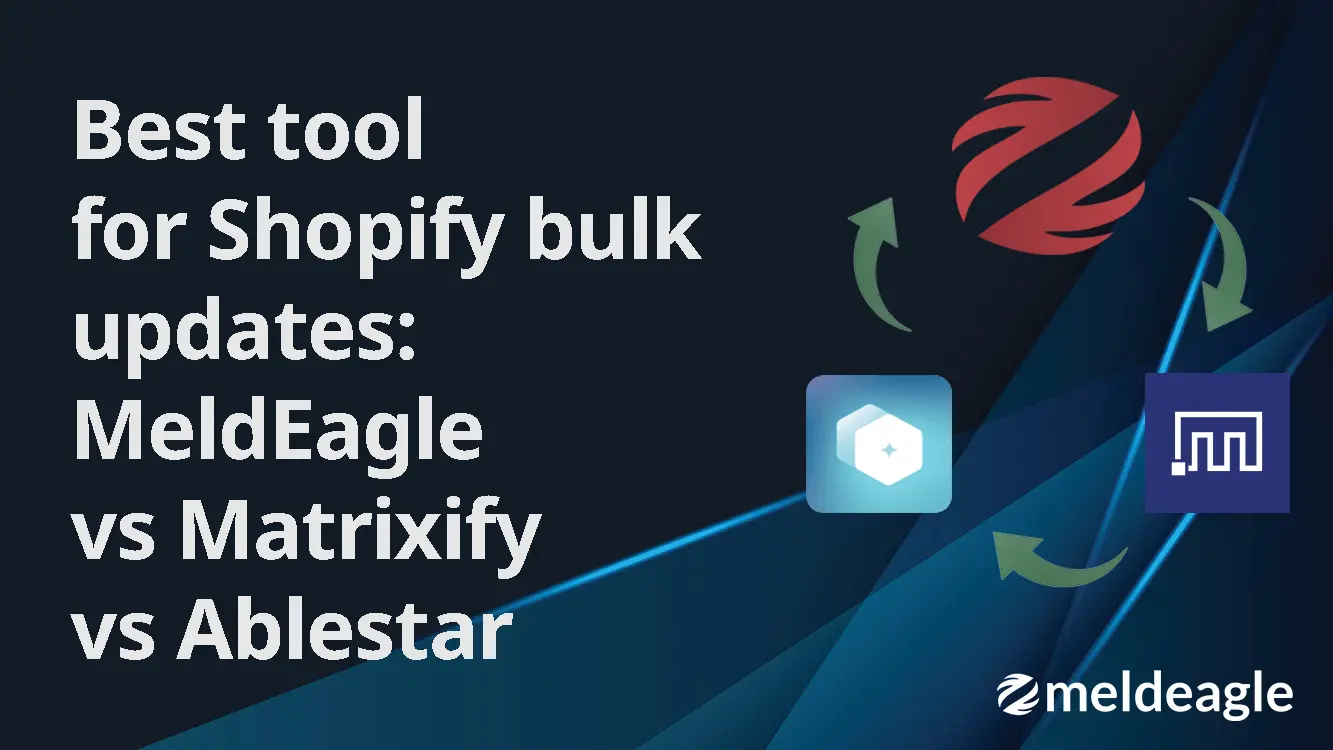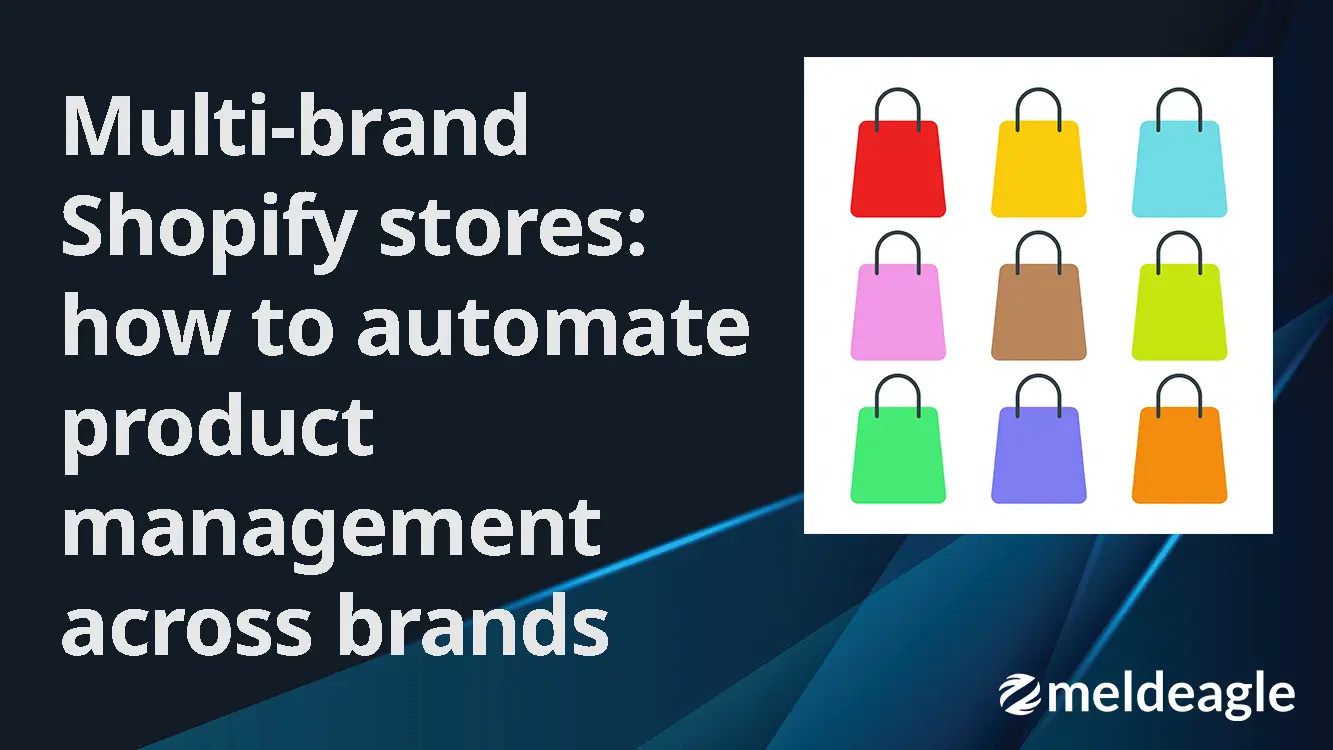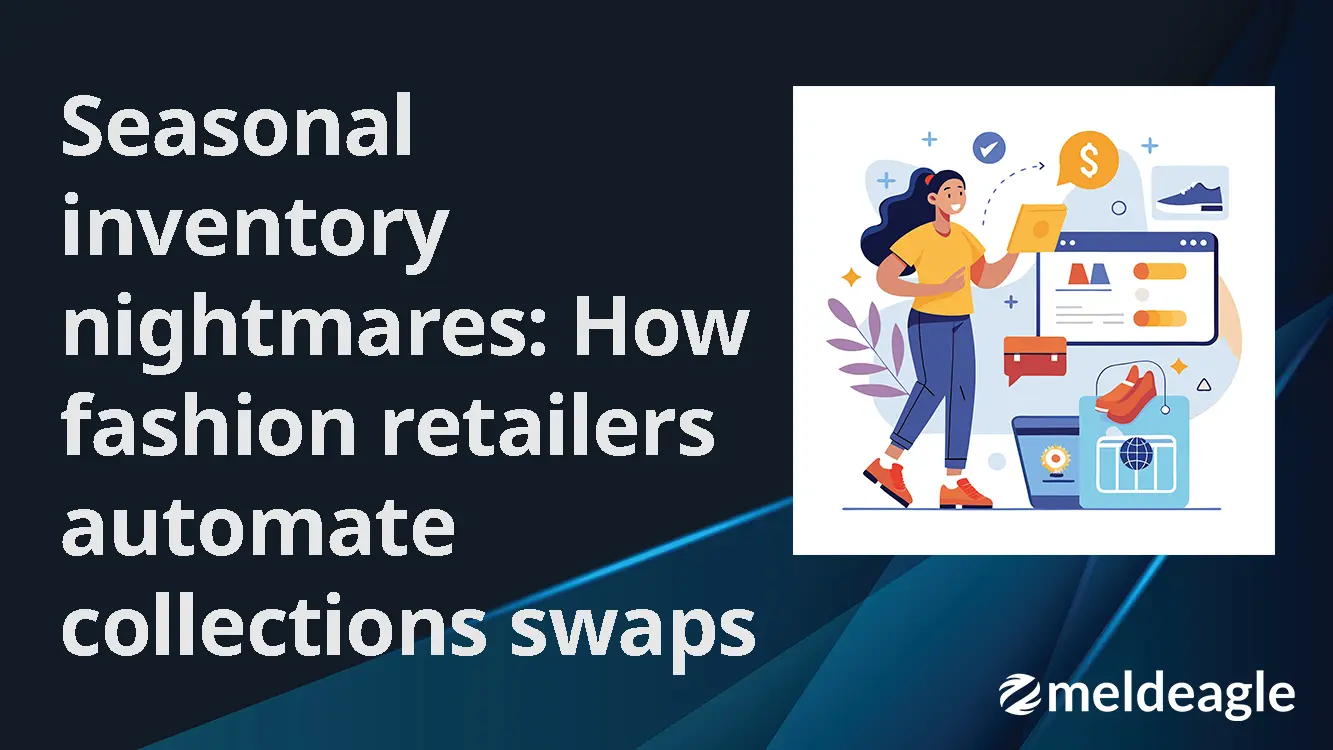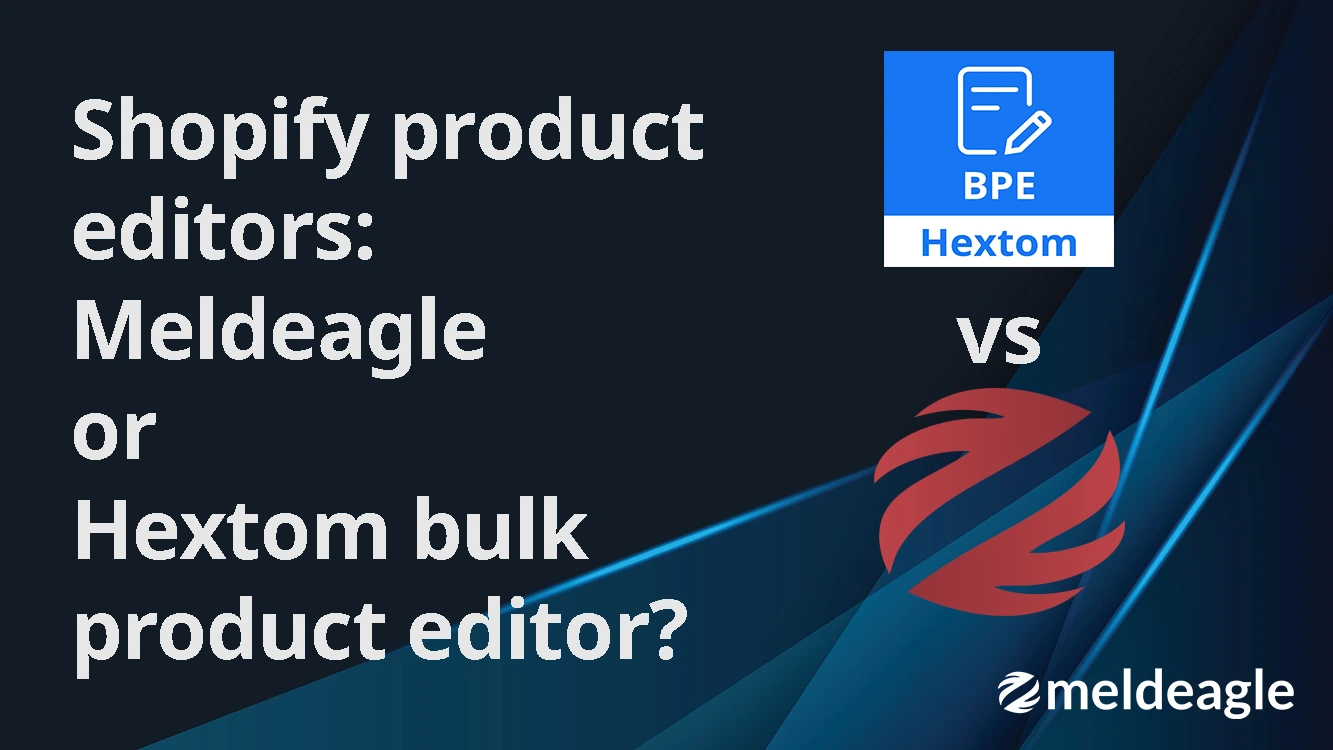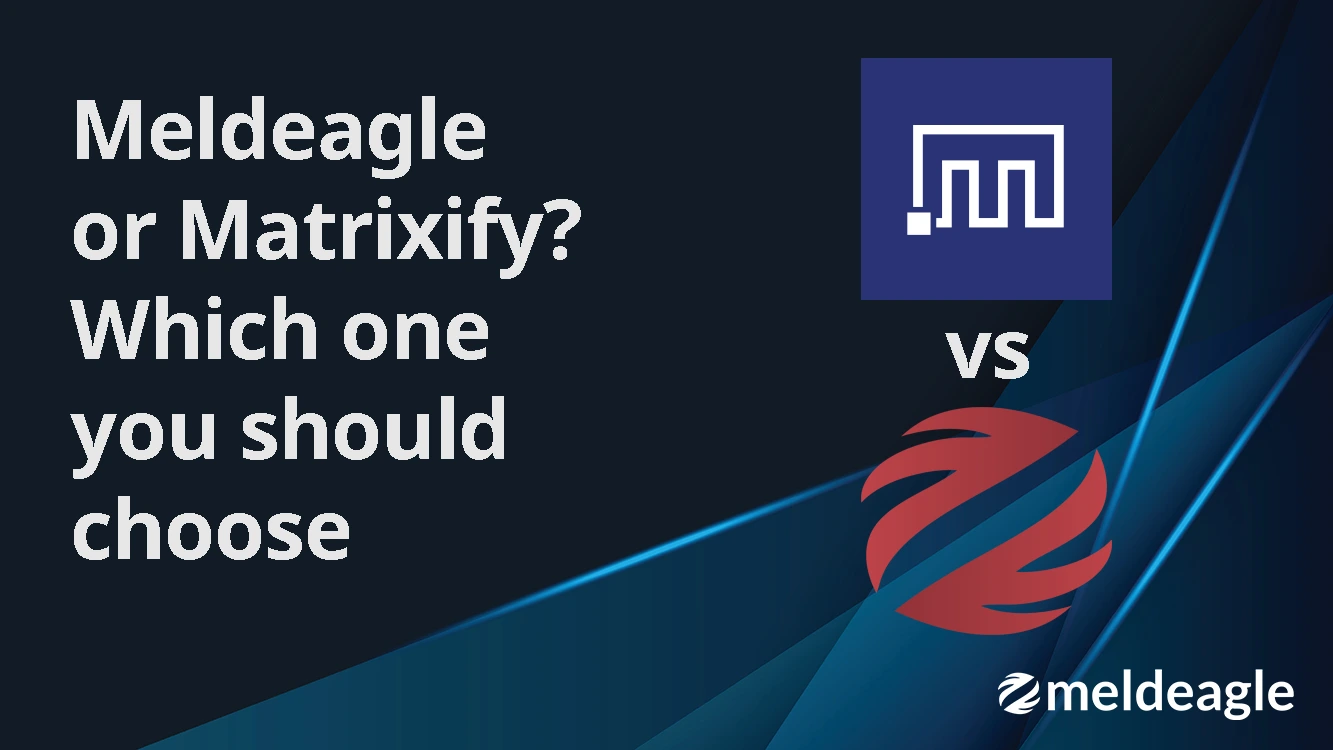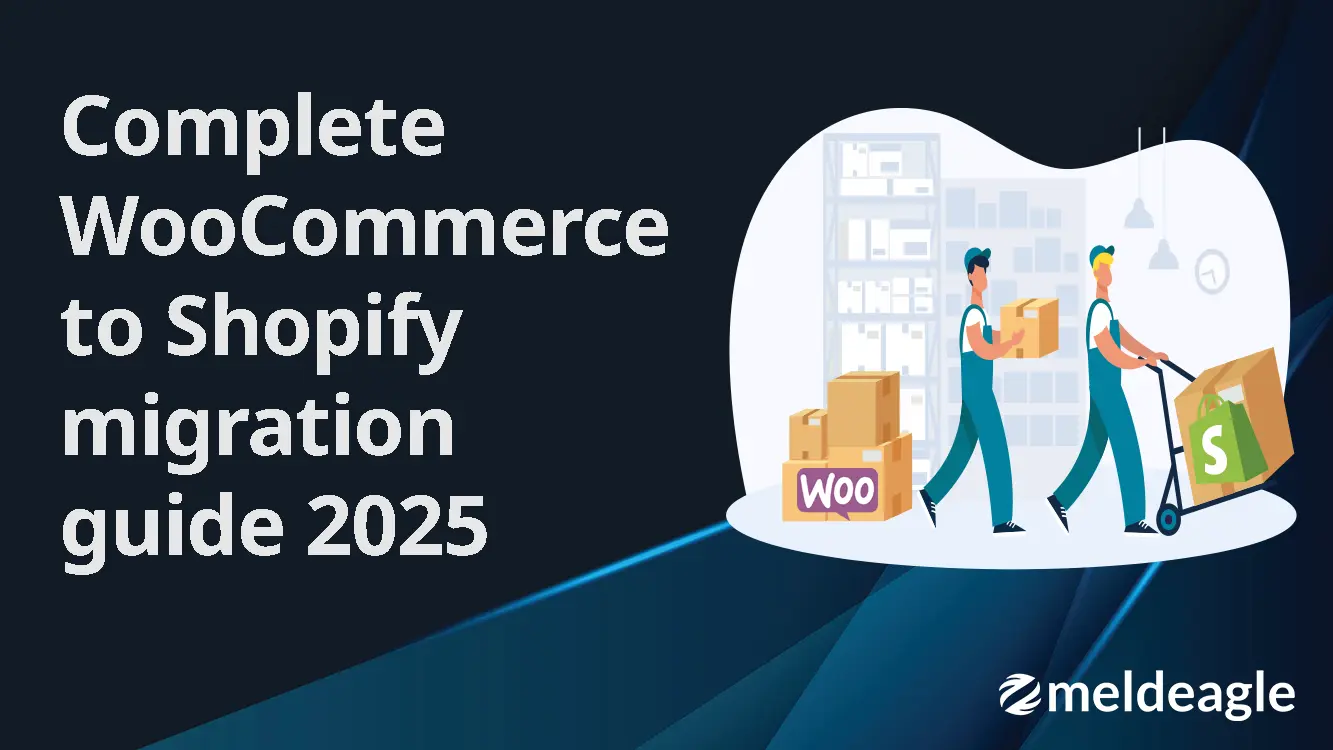
Complete WooCommerce to Shopify migration guide 2025
Making the switch from WooCommerce to Shopify is a significant decision for any online business. Whether you're frustrated with WooCommerce's technical complexity, tired of managing hosting and updates, or simply want a more streamlined e-commerce solution, this guide will walk you through every step of the migration process.
Why businesses are migrating from WooCommerce to Shopify
Before diving into the technical details, let's understand why thousands of businesses are making this switch in 2025. WooCommerce, whilst powerful and flexible, requires constant maintenance, security updates, and technical expertise. Shopify, on the other hand, handles all the technical heavy lifting, letting you focus on growing your business.
Common reasons for migration include:
- Reduced technical overhead and maintenance costs
- Better built-in features for scaling businesses
- Superior mobile commerce capabilities
- Integrated payment processing and fraud protection
- 24/7 customer support
- More reliable uptime and performance
Pre-migration checklist: Getting your data ready
Audit your current WooCommerce store
Start by taking stock of what you'll need to migrate:
- Total number of products and variants
- Customer data and order history
- Product categories and tags
- Images and product descriptions
- SEO metadata and URL structures
- Active discount codes and promotions
- Blog posts and content pages
Back up everything
Before making any changes, create complete backups of:
- Your WordPress database
- All product images and media files
- Theme customisations and custom code
- Customer data and order history
Choose your migration method
You have three main options for migrating from WooCommerce to Shopify:
Manual migration
Copy and paste data manually (only viable for very small stores)
CSV import
Export from WooCommerce and import to Shopify using CSV files
Migration tools
Use automated tools or apps for larger catalogues
For stores with more than 50 products, automated tools are essential. This is where solutions like MeldEagle become invaluable - not just for the initial migration but for ongoing product management.
Step-by-step migration process
Step 1: Set up your Shopify store
First, create your Shopify account and select a plan that matches your business needs. Don't worry about choosing the perfect theme yet - focus on getting your data migrated first.
Key settings to configure:
- Store currency and location
- Tax settings matching your WooCommerce setup
- Shipping zones and rates
- Payment gateway preferences
Step 2: Export your WooCommerce data
WooCommerce doesn't have a built-in export feature for all data types, so you'll need to use plugins or export directly from your database.
For products: Use the built-in WordPress export tool or a plugin like WP All Export
For customers: Export via phpMyAdmin or use a dedicated plugin
For orders: Consider whether you need historical orders (many businesses start fresh)
Step 3: Prepare your data for import
This is often the most time-consuming step. WooCommerce and Shopify use different data structures, so you'll need to:
- Map WooCommerce fields to Shopify fields
- Clean up product descriptions and remove WordPress shortcodes
- Ensure SKUs are unique and properly formatted
- Convert product categories to Shopify collections
- Prepare image URLs for import
Step 4: Import products to Shopify
For the actual import, you have several options:
Using Shopify's CSV import
Good for simple product catalogues
- Limited to basic product information
- Requires specific CSV formatting
- Can timeout with large files
Using migration apps
Better for complex migrations
- Handle data mapping automatically
- Preserve more product details
- Often include customer and order migration
Using MeldEagle
Ideal for ongoing synchronisation
- Import your initial catalogue
- Set up rules for pricing and inventory
- Automatically manage updates post-migration
Step 5: Migrate customers and orders
Customer migration requires careful handling of:
- Personal information and GDPR compliance
- Password resets (customers will need new passwords)
- Order history and customer tags
- Email preferences and marketing consent
Many businesses choose to migrate only active customers from the past 12-24 months to keep their database clean.
Step 6: Set up URL redirects
This is crucial for maintaining your SEO rankings. WooCommerce and Shopify use different URL structures, so you'll need to:
- Export all your WooCommerce URLs
- Create 301 redirects to your new Shopify URLs
- Use Shopify's URL redirect tool or apps like Easy Redirects
- Test critical product and category URLs
Post-migration essentials
Verify your data
Once migration is complete, thoroughly check:
- Product information accuracy
- Pricing and inventory levels
- Image quality and placement
- Category/collection assignments
- Customer data integrity
Configure your apps and integrations
Shopify's app ecosystem is one of its strengths. Essential apps to consider:
- Email marketing integration
- Reviews and social proof
- SEO optimisation tools
- Inventory management
- Analytics and reporting
Update your SEO
Migration can impact your search rankings, so act quickly:
- Submit your new sitemap to Google Search Console
- Update your robots.txt file
- Monitor 404 errors and fix broken links
- Maintain your meta titles and descriptions
- Set up Google Analytics and tracking pixels
Common migration challenges and solutions
WooCommerce handles variants differently than Shopify. If you have products with multiple options, you may need to restructure them to fit Shopify's three-option limit.
Solution: Plan your variant structure before migration and consider using metafields for additional product information.
WooCommerce sites often have custom plugins or code that won't transfer to Shopify.
Solution: Identify critical features early and find Shopify apps or custom solutions to replace them.
Traffic drops are common after migration if not handled properly.
Solution: Implement comprehensive redirects, maintain URL structures where possible, and monitor search console closely for the first few months.
Excel and CSV files can corrupt data, especially with special characters or long descriptions.
Solution: Use proper encoding (UTF-8) and consider professional migration tools for large catalogues.
Costs to consider
Migration costs vary widely based on store size and complexity:
| Cost Category | Estimated Range |
|---|---|
| Shopify monthly fees | £25-£299/month |
| Premium theme | £140-£350 one-time |
| Essential apps | £50-£200/month |
| Migration tools or services | £200-£5,000 |
| Developer costs for customisation | Variable |
| Potential temporary sales dip during transition | Variable |
Making your migration successful
The key to a smooth WooCommerce to Shopify migration is preparation and choosing the right tools. Whilst the process may seem daunting, thousands of businesses successfully make this transition every month.
Consider starting with a staged migration - move your products first, get comfortable with Shopify, then migrate customers and orders. This reduces risk and lets you learn the platform gradually.
For ongoing success post-migration, automation tools like MeldEagle ensure your product data stays accurate and up-to-date without manual intervention. This is especially valuable if you're migrating because you want to spend less time on technical management.
Timeline expectations
Small stores
Under 100 products: 1-2 weeks
Medium stores
100-1,000 products: 2-4 weeks
Large stores
1,000+ products: 4-8 weeks
Enterprise stores
Complex requirements: 2-3 months with professional help
Remember, migration is just the beginning. The real value comes from leveraging Shopify's features to grow your business more efficiently than was possible with WooCommerce.
Ready to make the switch? Start with a clear plan, use the right tools, and don't hesitate to seek professional help for complex migrations. Your future self will thank you for making the move to a more manageable e-commerce platform.

